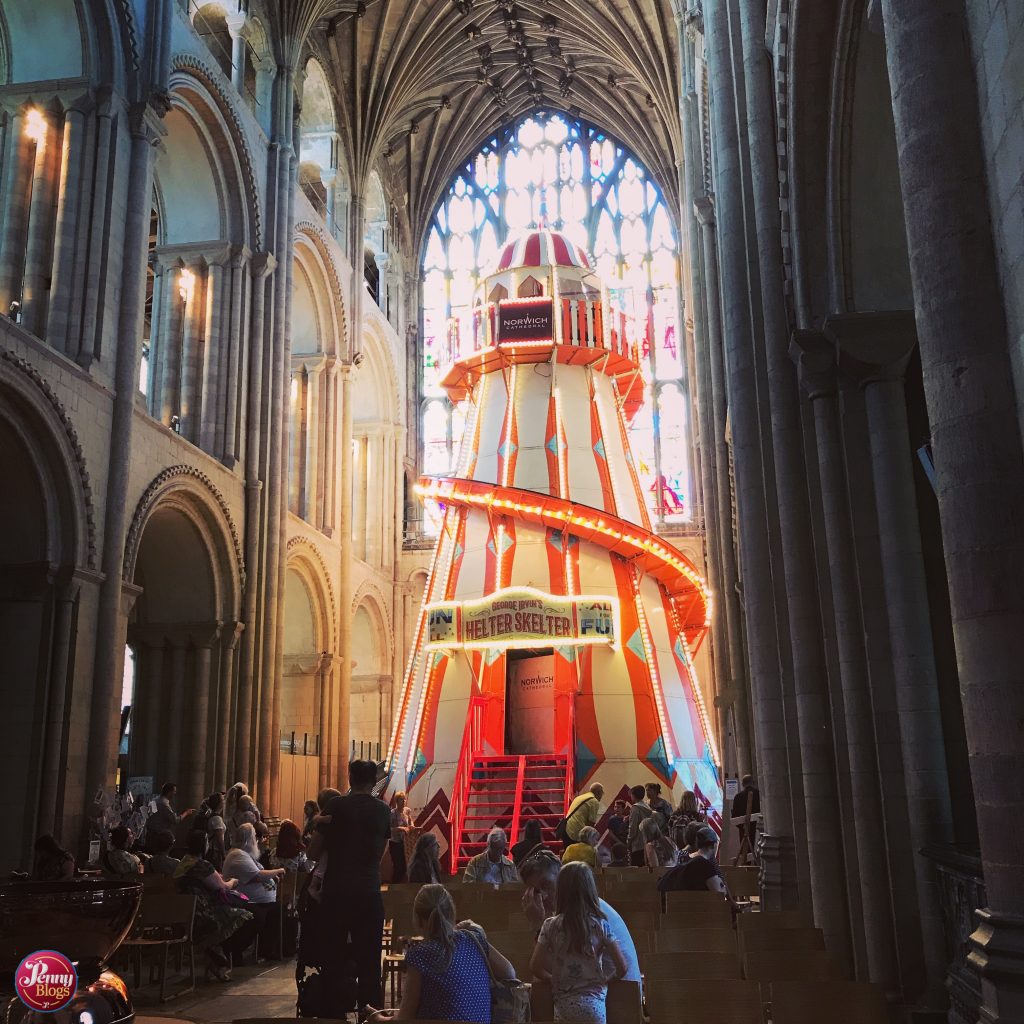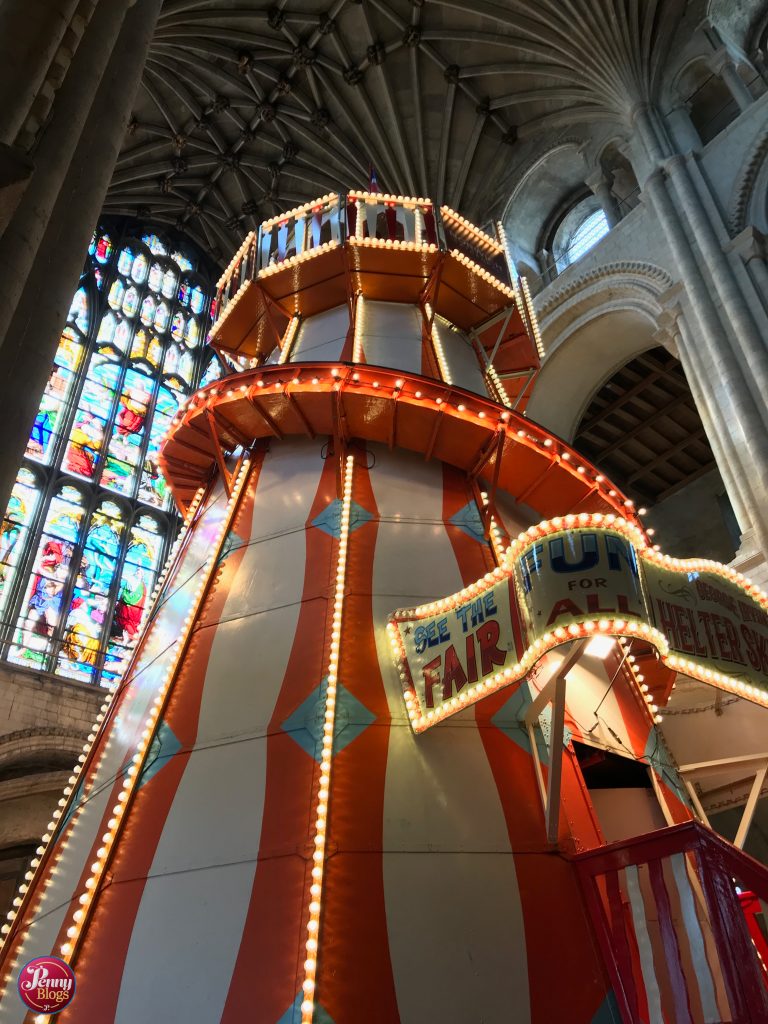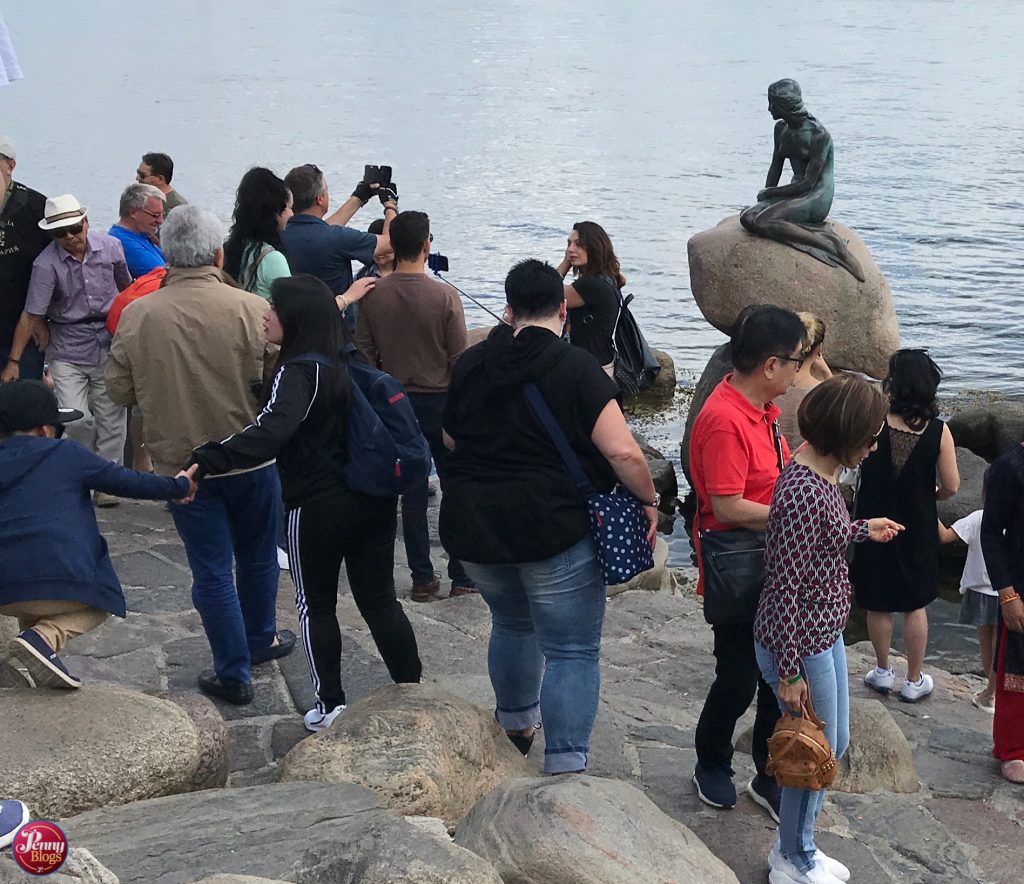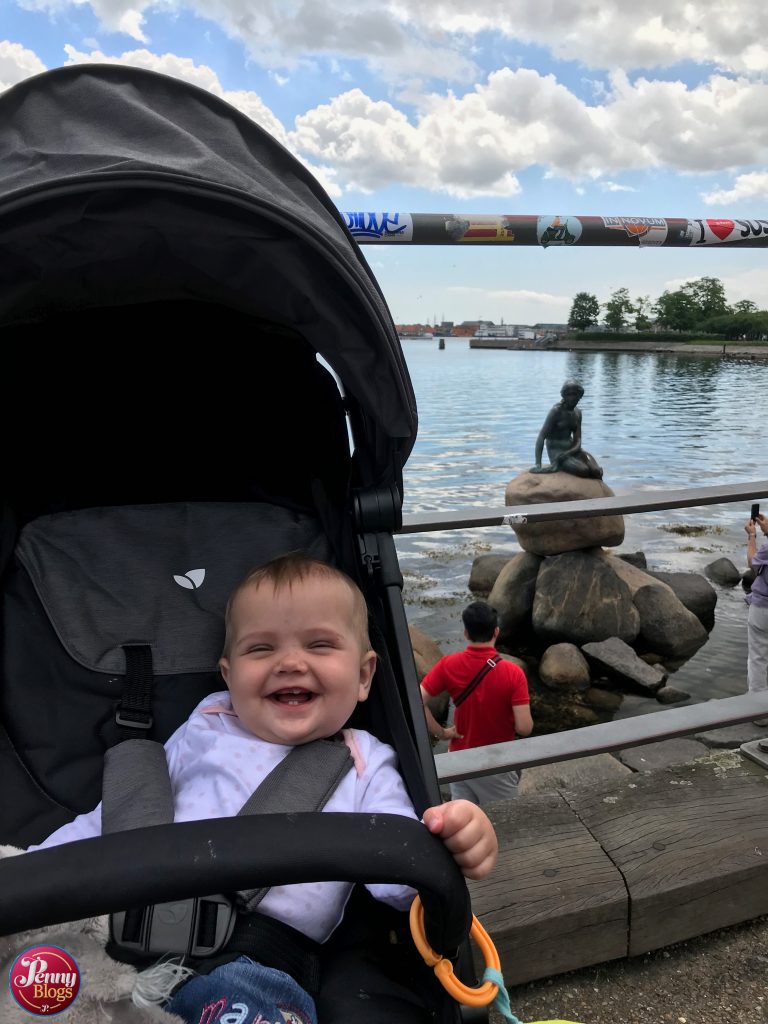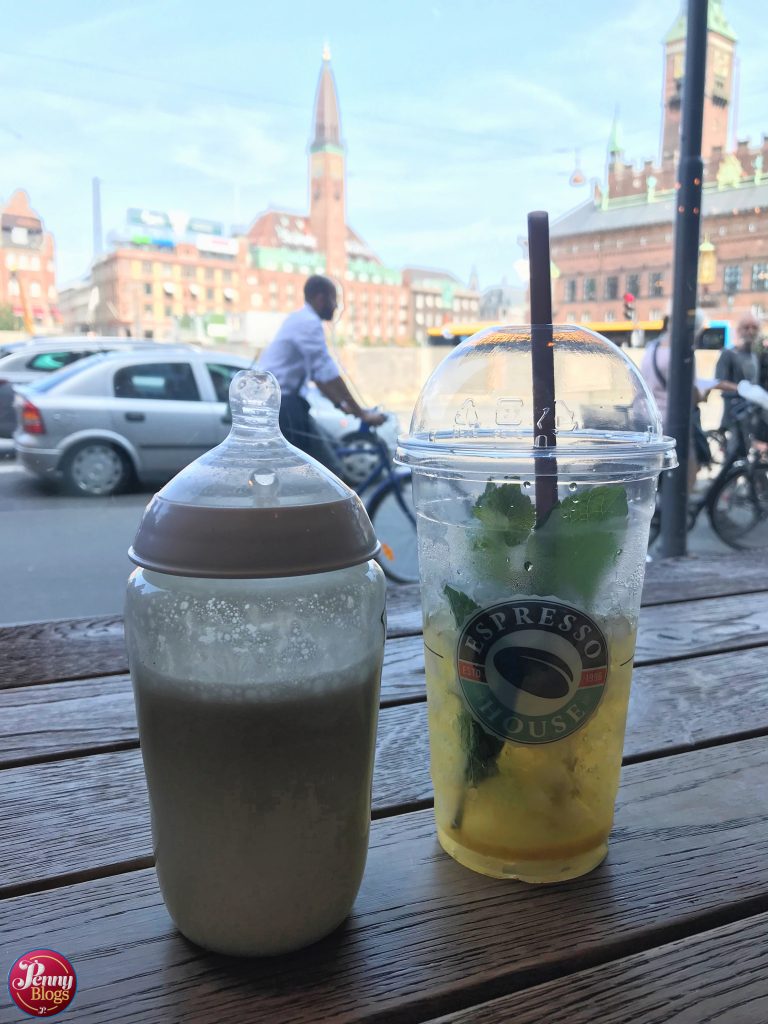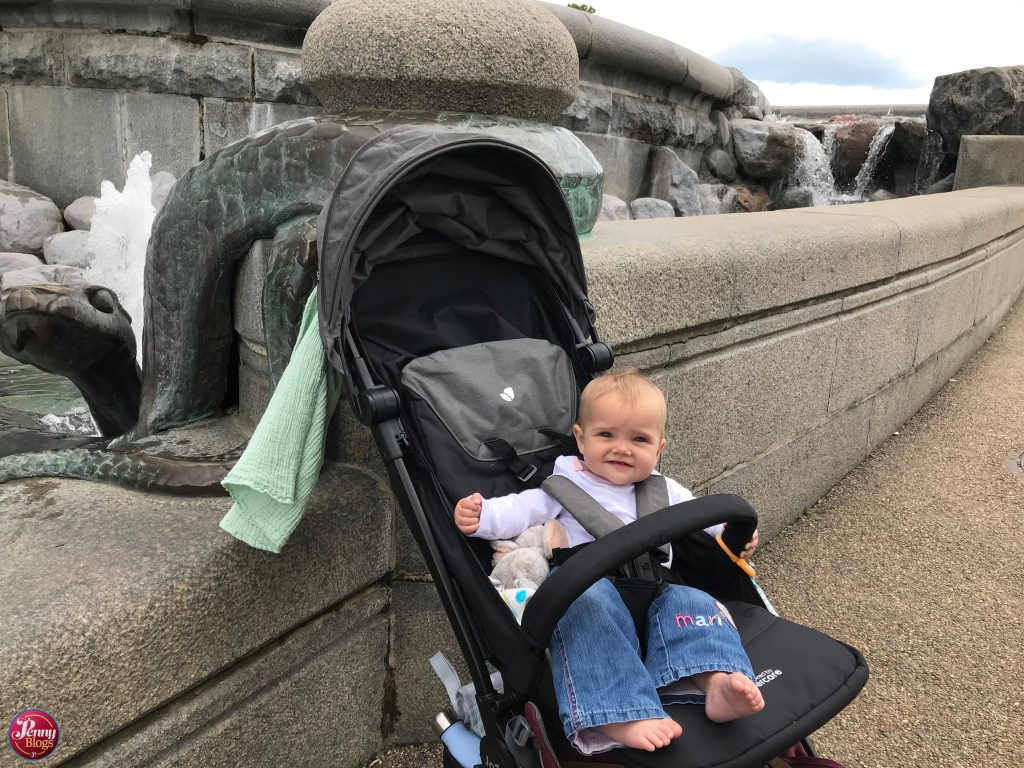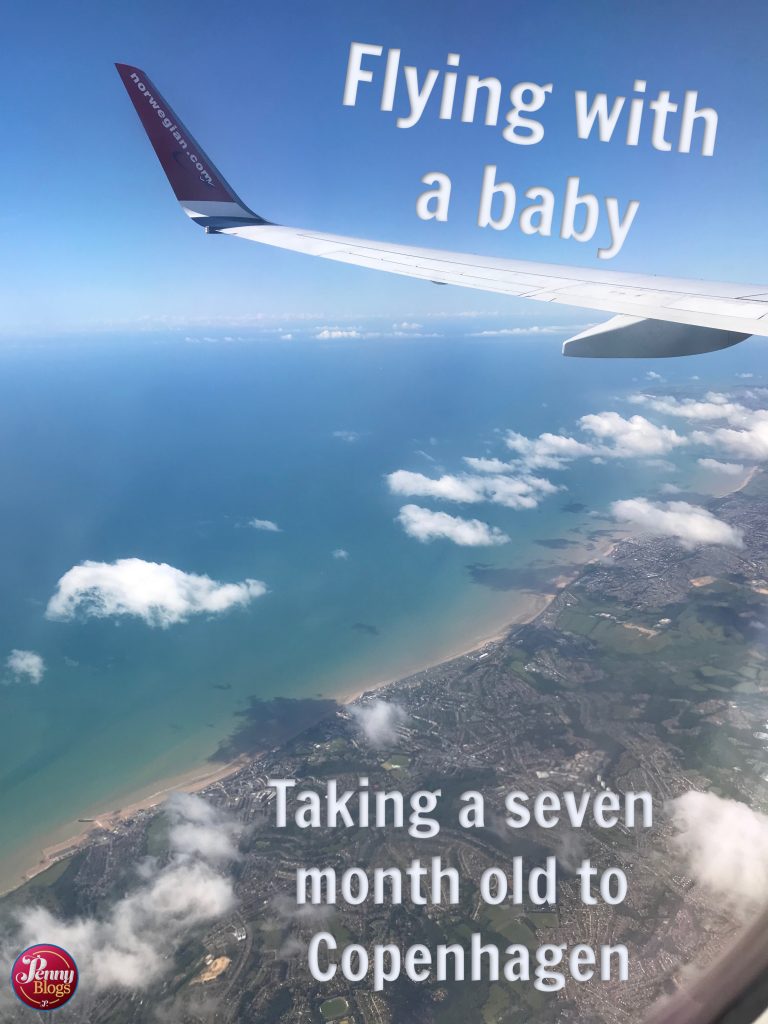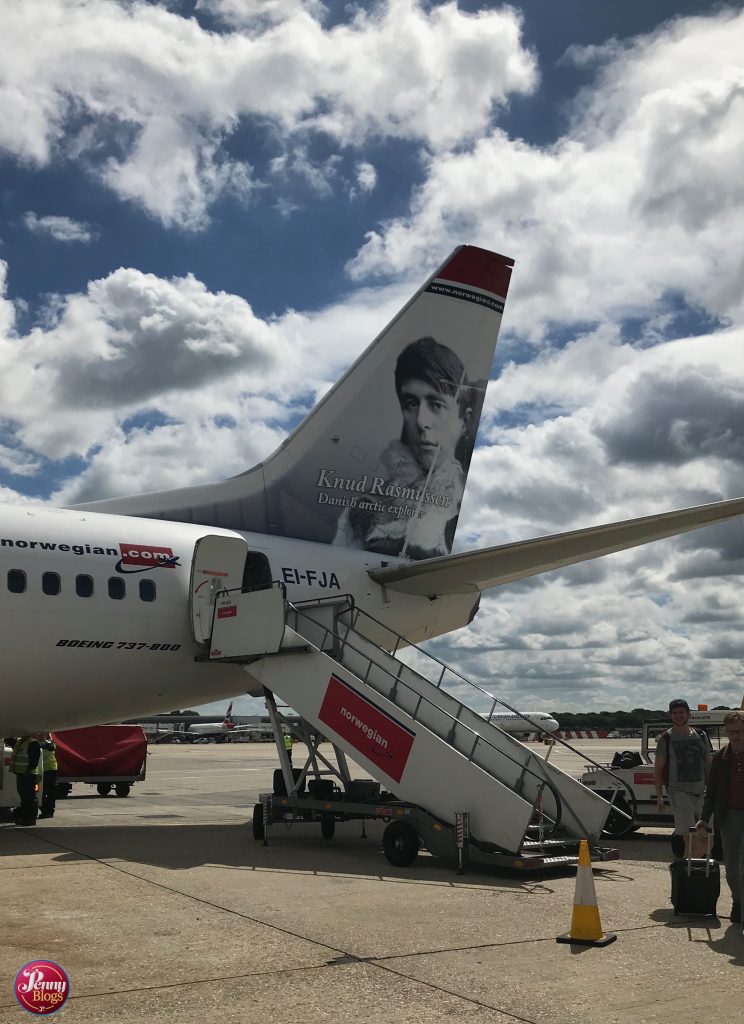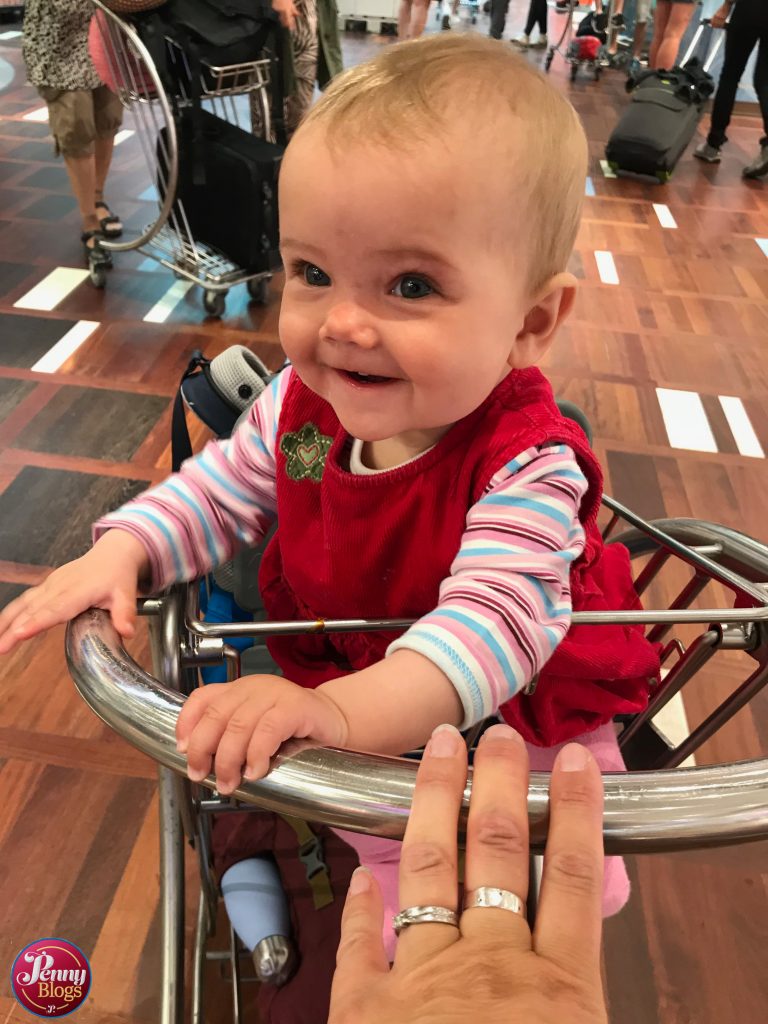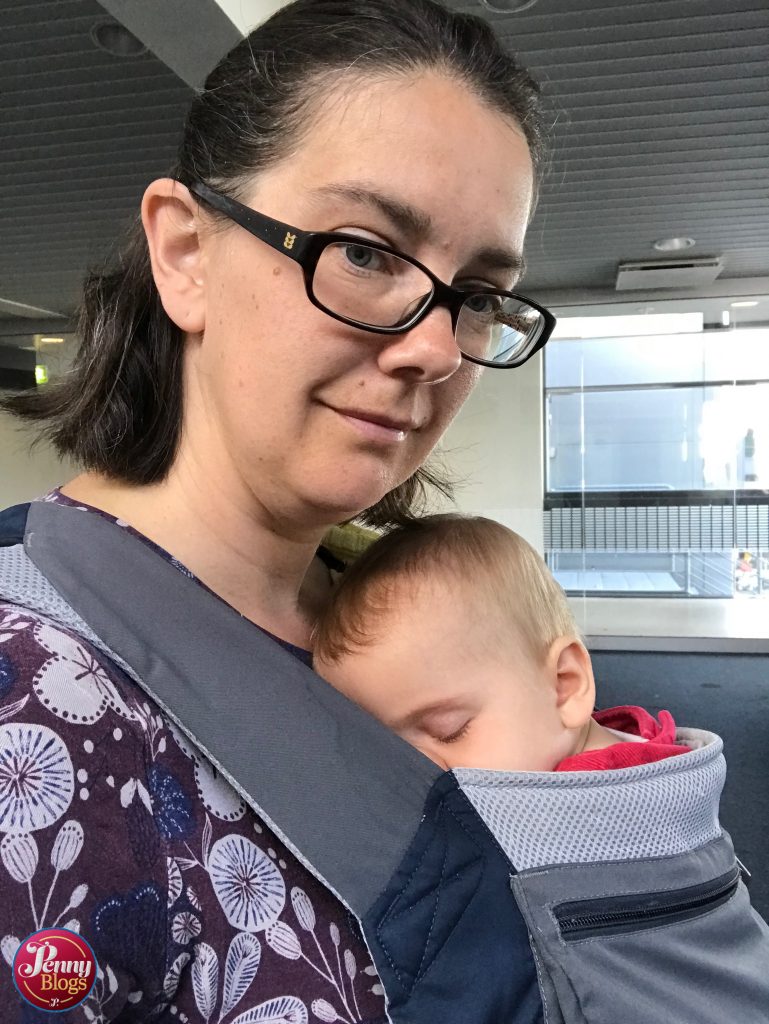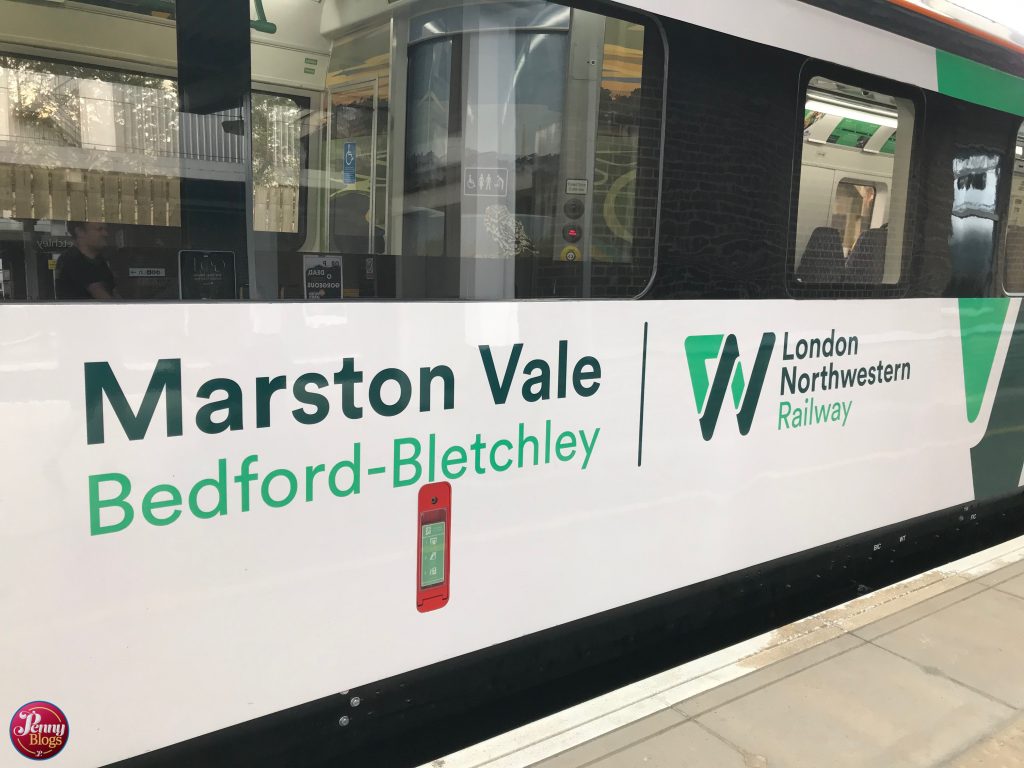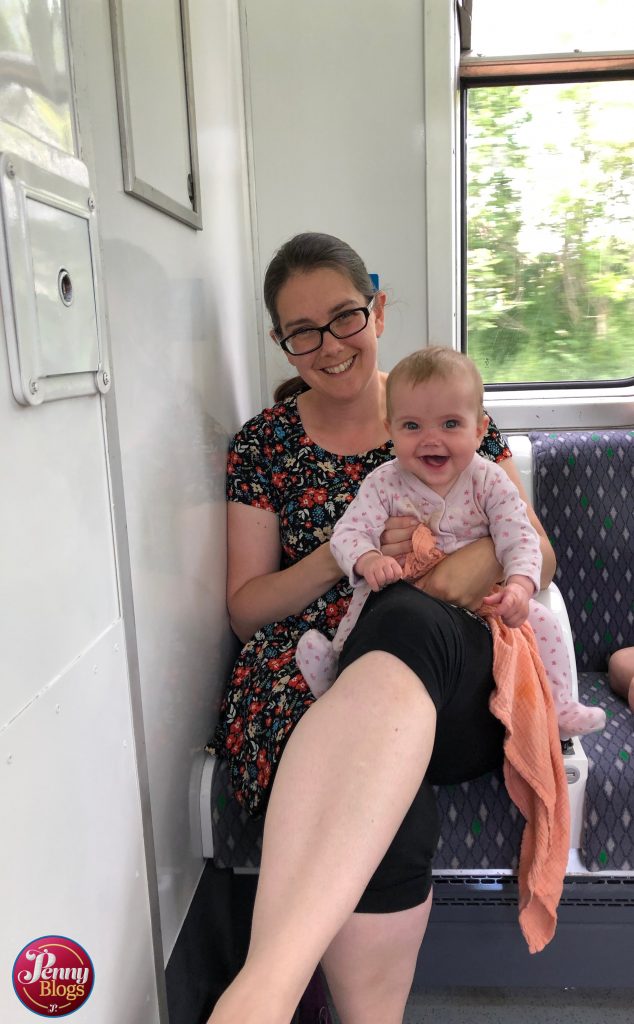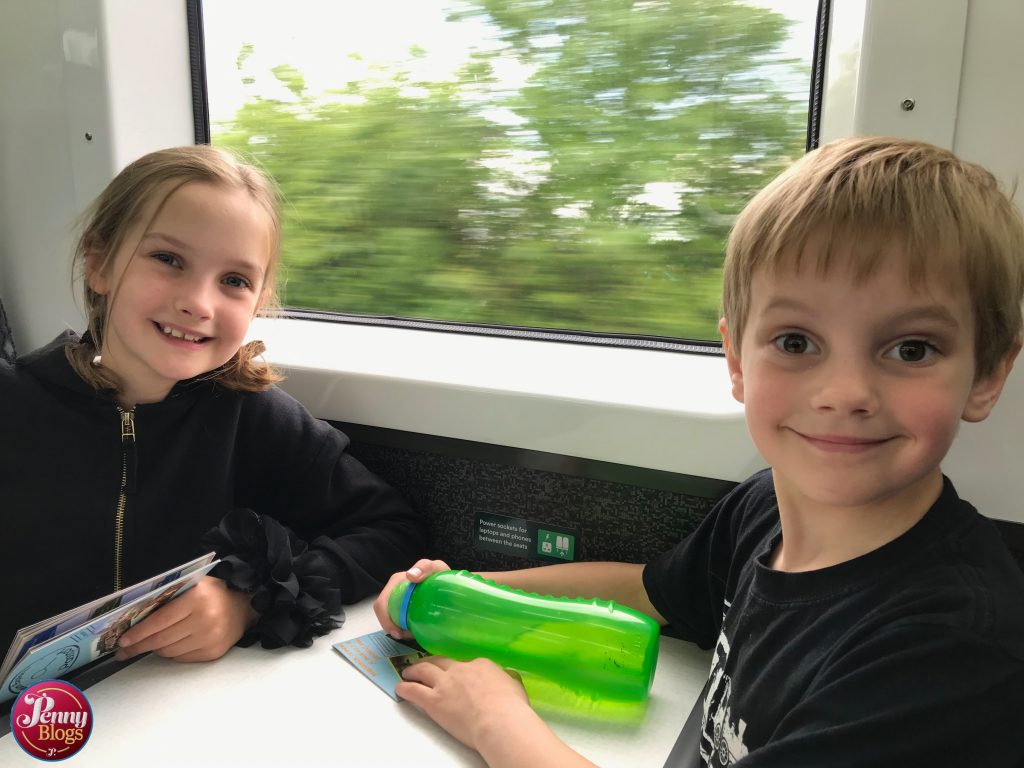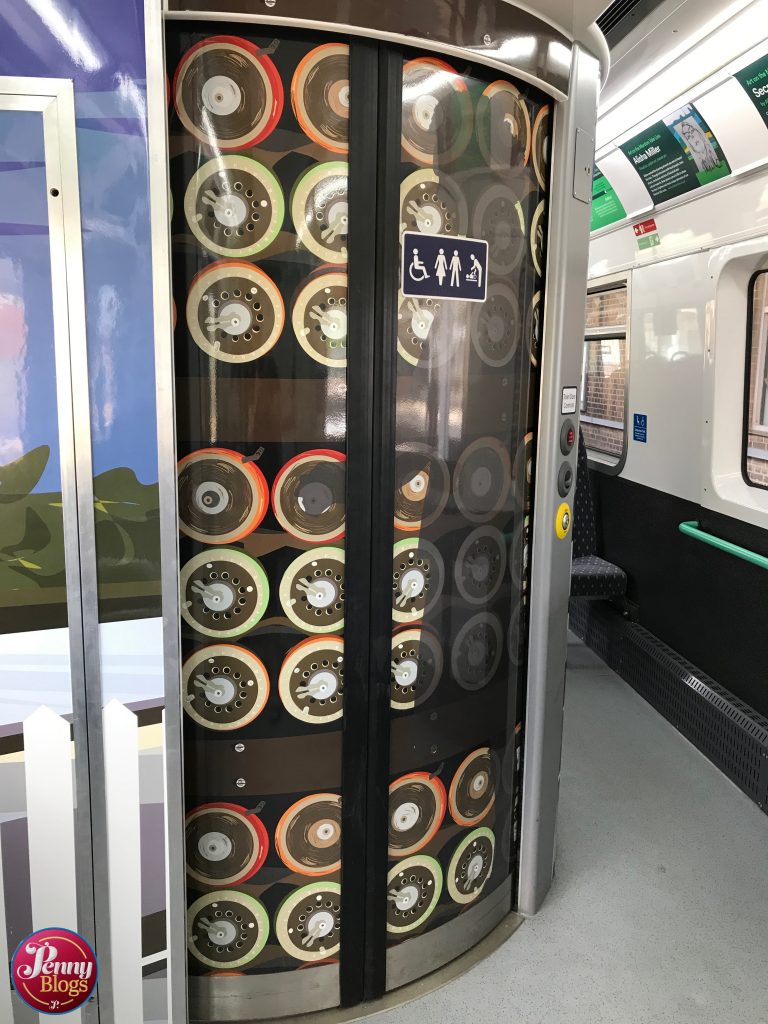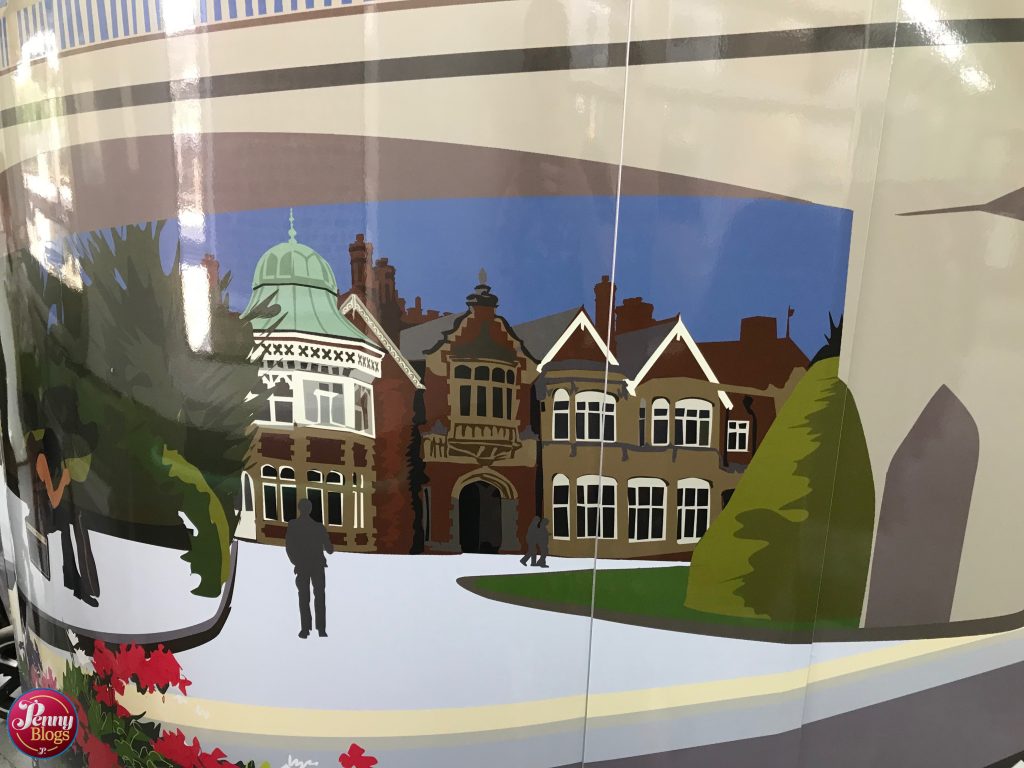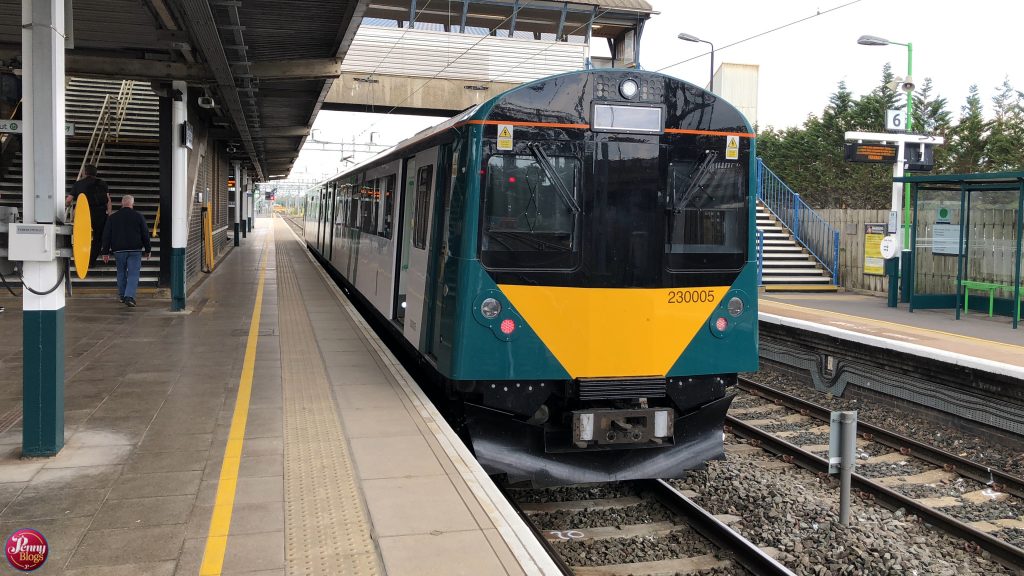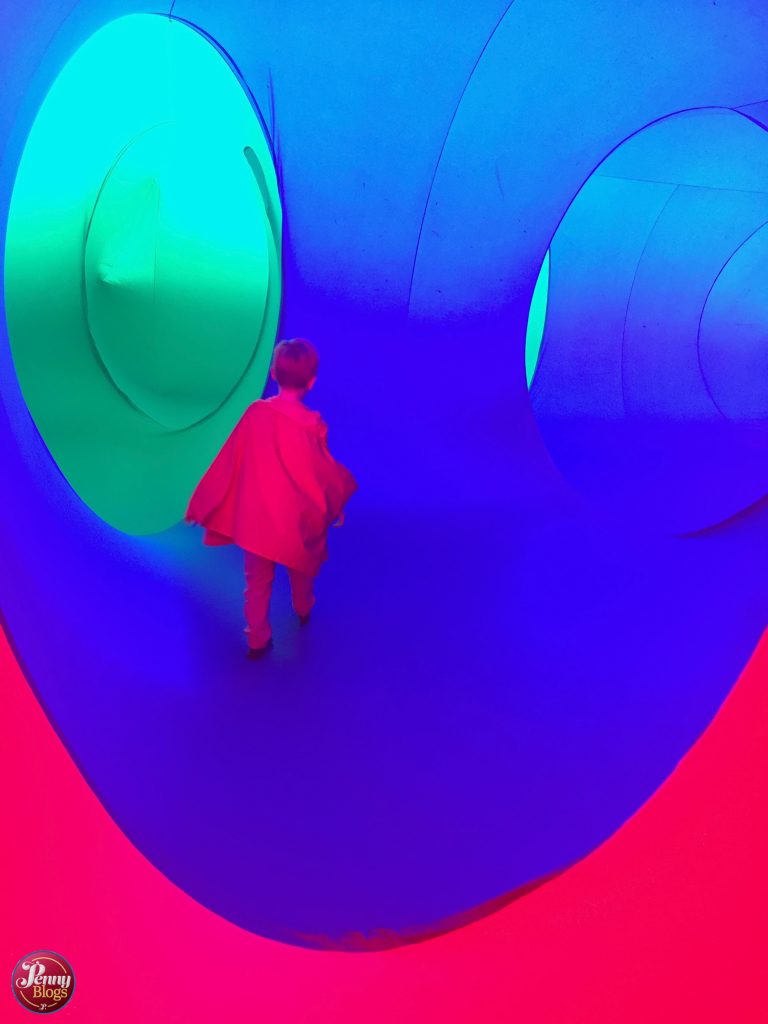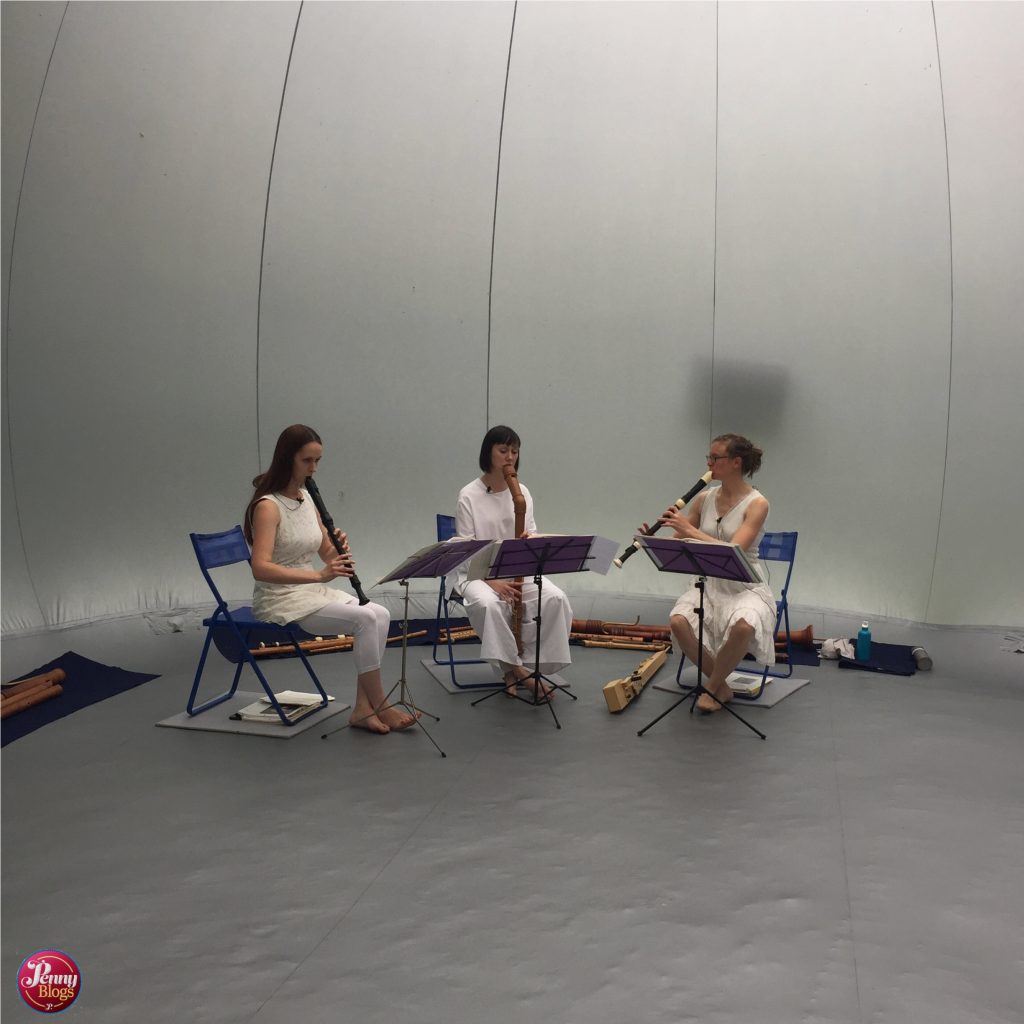As we set off towards the Norfolk coast for a weekend away we had vague plans to stop somewhere en route to break the journey up for the kids and to stretch our legs. We had no idea quite where we’d find to have that break, but as the radio news came on a slightly mad idea started to form. The SatNav was quickly reprogrammed for Norwich Cathedral and off we went!
But just what was it that we’d heard that suddenly made all 4 of us in the car able to talk determined to go to visit a cathedral? News of them placing a 50ft Helter Skelter in the nave of the cathedral was what swang it for us.
It’s fair to say that the response to this bold move has been somewhat mixed. There are people (both within the church community and outside) who think it is a brilliant idea. A great way of encouraging people into a cathedral that might mot normally go there. And a way of also creating noise and laughter in a place that is normally filled with hushed whispers and quiet prayer.
On the flip side there are also people (who mainly seem to be within the church community, but some outside it too) who believe that it is totally the wrong thing to do. Some even going as far as saying that it is disrespectful.
Personally I fall into the former camp. I’m not a religious person, but I admire those churches that do try and welcome the whole community into their place of worship. Whether that be to play crazy golf (as is apparently the case at Rochester), to watch a football match on a big screen, or to take a trip down a vintage Helter Skelter. I think that the silence and formality of many churches can put people off from stepping inside.
In Norwich’s case the Helter Skelter is part of their Seeing It Differently exhibition. It’s there, along side other activities to encourage visitors to look at the cathedral in a different way, in particular the roof bosses that people don’t usually get to be so close to.
The Helter Skelter itself is a beautiful vintage wooden one. Although it looks slightly bonkers sat there towering above everything else, it also has sufficient vintage charm to look strangely right there. I imagine that in darkness it will look even better when lit up.
Now, I’ve been on Helter Skelter before and generally don’t have a problem with heights or speed, but flipping heck it’s a ride and a half coming down. Firstly, there’s the slightly strange surroundings. You find yourself suddenly hurtling towards a stained glass window before twisting your way down towards a stone wall. It’s certainly one of the fastest heater shelters I’ve been on, and also one that really does throw you around a bit. It’s a completely exhilarating ride though and without meaning to I found myself screaming as I went down.
I did take a look up at the ceiling bosses whilst up there, although I also found it quite amusing that the volunteers at the top were busy explaining to so many visitors what ceiling bosses actually were. It seems being a kids when Blue Peter ran a competition to help design the new bosses to go on the repaired roof at York Minster after their devastating fire taught me something useful.
I’m so glad we happened to have the car radio on as we drove last week. Without it we wouldn’t have had what my kids simply describe as a “bonkersly brilliant” experience. Thanks Norwich!
Seeing It Differently runs from Thursday 8 August until Sunday 18 August 2019.
The helter skelter ride costs £2 per person. All the other Seeing It Differently installations are free.
General opening times for Seeing It Differently are 10am-5pm Monday to Saturday and 12 noon-3pm on Sundays.
